Chapter 11 - Zen in the Art of Writing
In this episode we dive into the final chapter of Ray Bradbury’s Zen in the Art of Writing, titled: Zen in the Art of Writing. So what is Zen, anyway? With the help of the internet, we come up with some context.
Then it’s on to Bradbury’s three critical words to writer success:
Bradbury's Three Critical Words to Writer Success
We do our best to figure out what Bradbury meant and what those concepts could mean for our own writing (and also why he can’t seem to count). As a bonus, Renee reveals the not-so-secret way of getting an A in her creative writing classes.
Zen in the Art of Writing
So why Zen? Bradbury claims he chose the title for shock value, but later admits he was inspired by Herrigel’s Zen in the Art of Archery, in which “WORK, RELAXATION, and DON’T THINK appear in different aspects and different settings.”
So, too, like archery, Bradbury declares the same three tenants to a successful career as a writer.
Work; or, Quantity = Quality
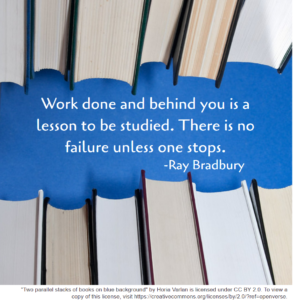
Bradbury is not so much interested in quality here, but quantity, which will beget quality along the way.
This advice, however, also comes with a stern warning. Although the amount of work matters, so does the goal the writing is working towards. He warns against writing with Fame or Artistic, self conscious Recognition, both of which Bradbury claims “are a form of lying.”
It is a lie to write in such a way as to be rewarded by money in the commercial market.
It is a lie to write in such a way as to be rewarded by fame offered you by some snobbish quasi-literary group in the intellectual gazettes.
-Ray Bradbury
Instead, Bradbury suggest The Middle Way. The goal from all of those hours, all of those words should be: someone coming up to you saying: “I loved your story.” That’s it. Not money or glory or intellectual masturbation. Just: That’ll do pig. That’ll do.
Relaxation; or, The Natural Rhythm Formula
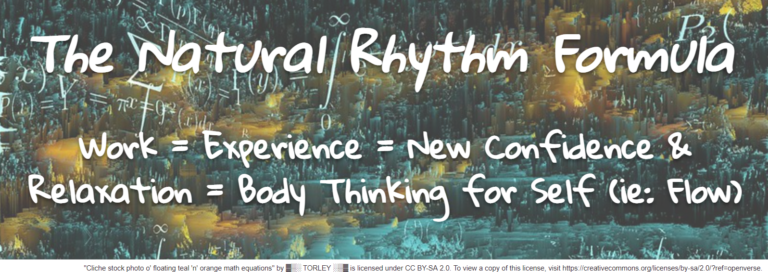
For relaxation, Bradbury says it’s a natural result from all of the work you’ve put into your art. The stress of “not knowing” creates a “tenseness,” which only work can alleviate. In other words, working through the not knowing eventually achieves the current entrepreneurial buzz phrase, Flow, but what Bradbury calls Natural Rhythm.
In other words: Your best work comes when you’re relaxed. The more work you do, the more relaxed you become. Isn’t that nice?
Continuing the Conversation: Outsider Art
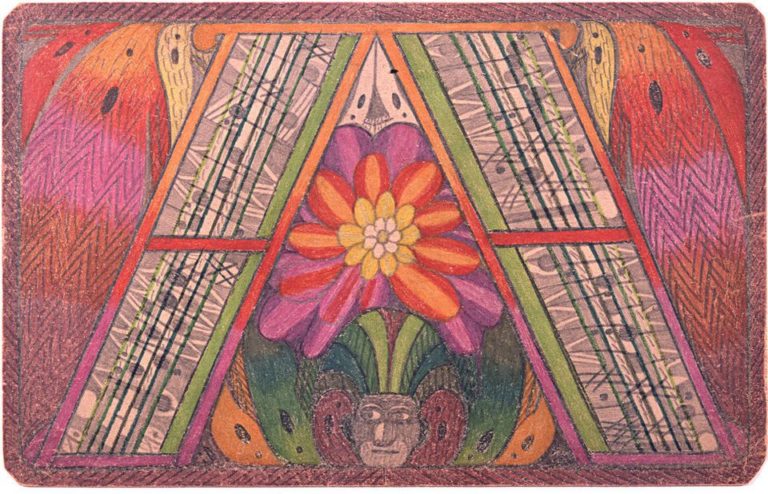
Outsider Art is a term (and market category) used to describe 20th Century art made by artists without any artistic education, community or mainstream culture. French Artist Jean Dubeffet defined art brut, or “raw art” as:
“Those works created from solitude and from pure and authentic creative impulses – where the worries of competition, acclaim and social promotion do not interfere – are, because of these very facts, more precious than the productions of professionals.”
Most often these artists are discovered posthumously, working alone from mental hospitals or at home in isolation. Famous examples include Henry Darger, who created a 15,145 page fantasy novel; Adolf Wolfili, a mental patient who wrote and illustrated his own imaginary life story totaling 25,000 pages and over 3,000 illustrations and collages. There is even an outsider music category.
A Tribute Henry Darger
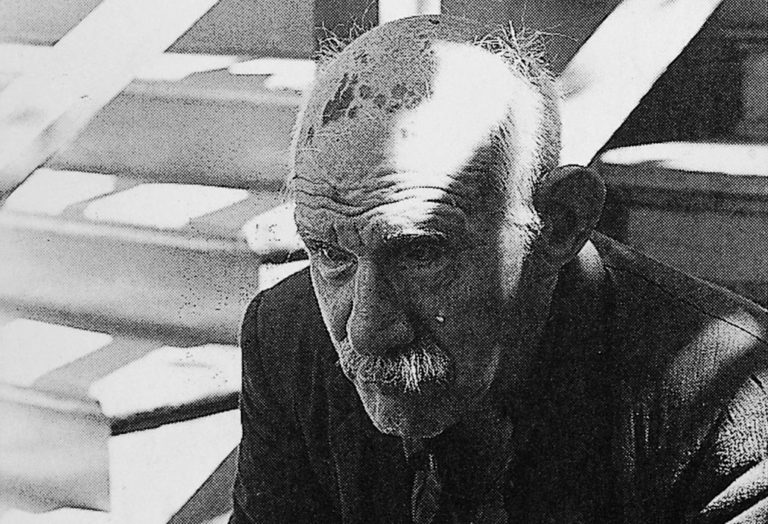
An example of an artist whose goal was purely art for art’s sake, Henry Darger is a portrait of the Outsider Artist. A custodian for the majority of his life, Darger created a trove of work, only discovered after his death by a neighbor. As such, he only earned recognition for his art after he died. Haunted by cruel experiences growing up in an orphanage, his work repeats themes of child injustice and protection. In his art, he became particularly obsessed with the murder of five year old Elsie Paroubeck. For forty years, Darger worked on his book, a 15,000 paged, illustrated fantasy novel, The Story of the Vivian Girls, in What is known as the Realms of the Unreal, of the Glandeco-Angelinian War Storm, Caused by the Child Slave Rebellion. Even though he did not receive any artistic training, Darger’s work is now featured in galleries and museums all over the world.





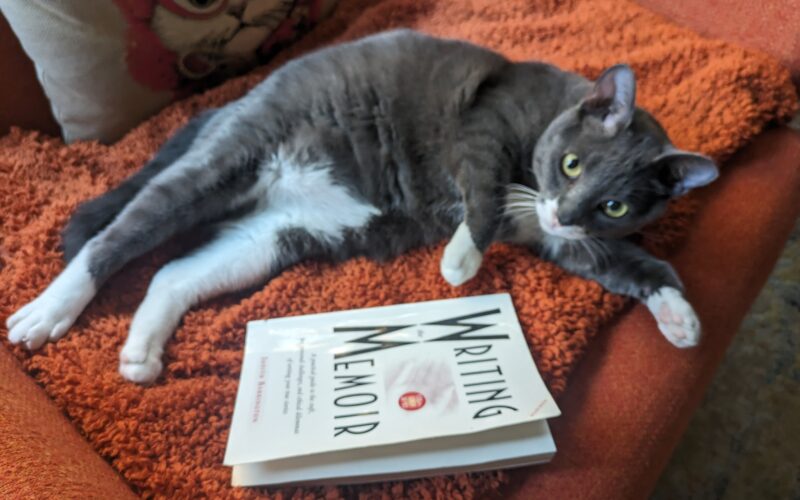
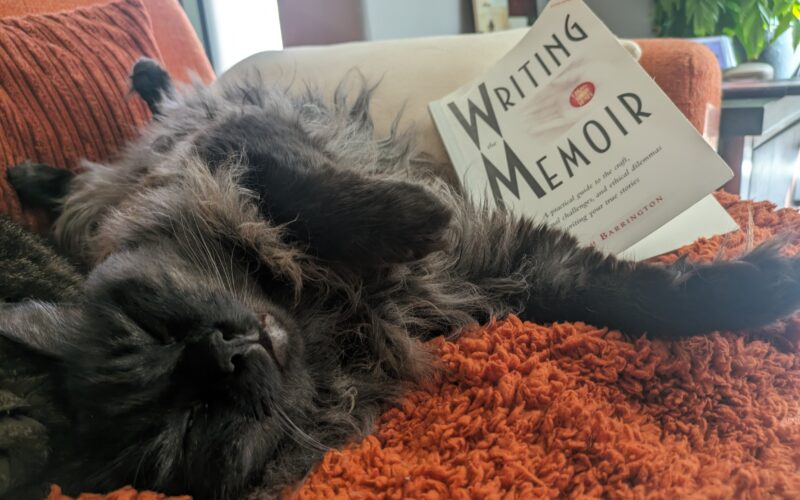

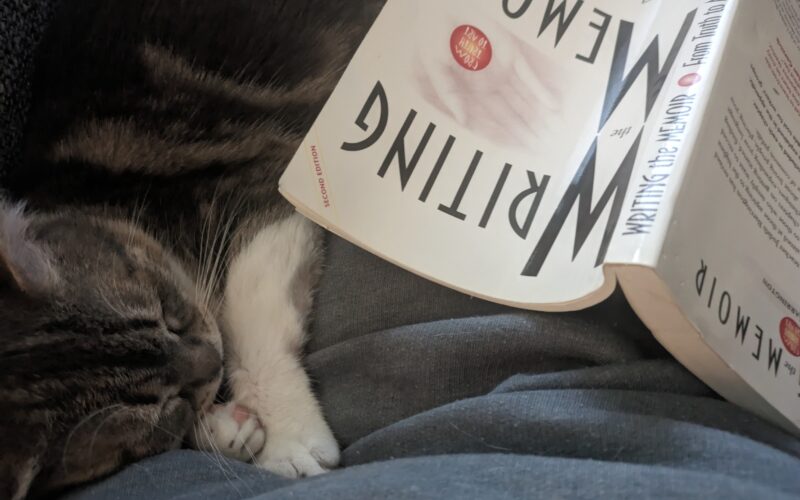
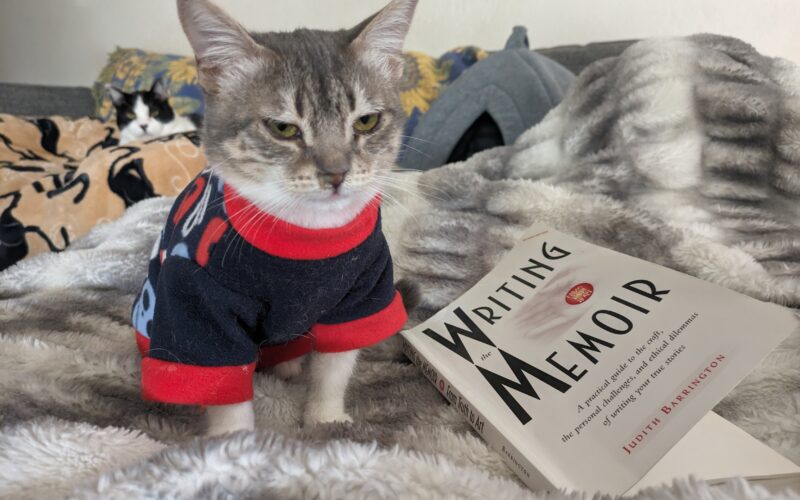
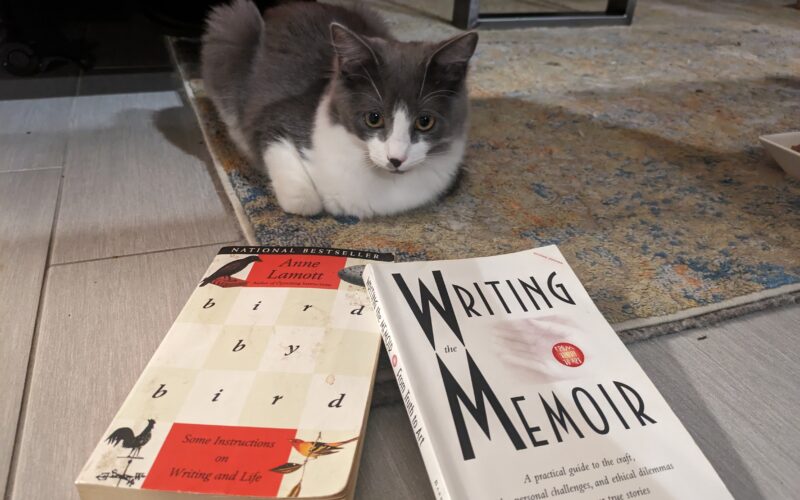
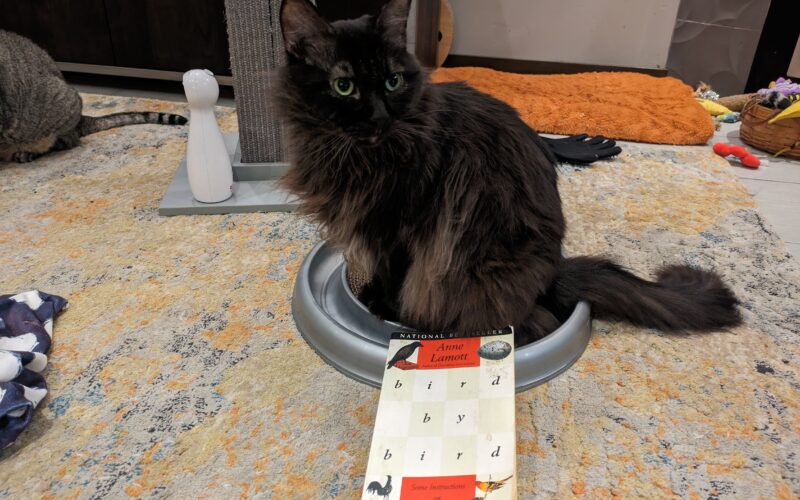
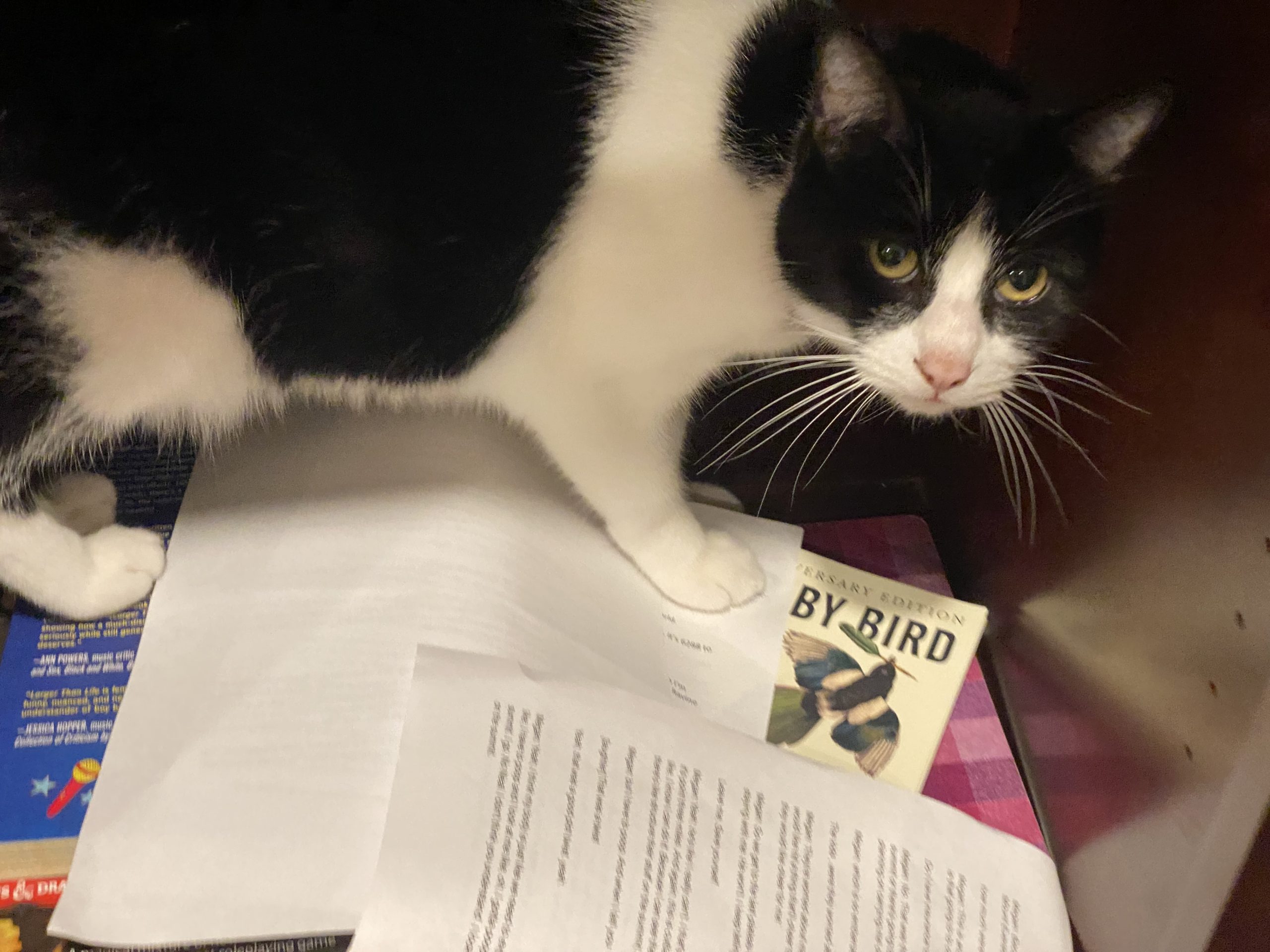

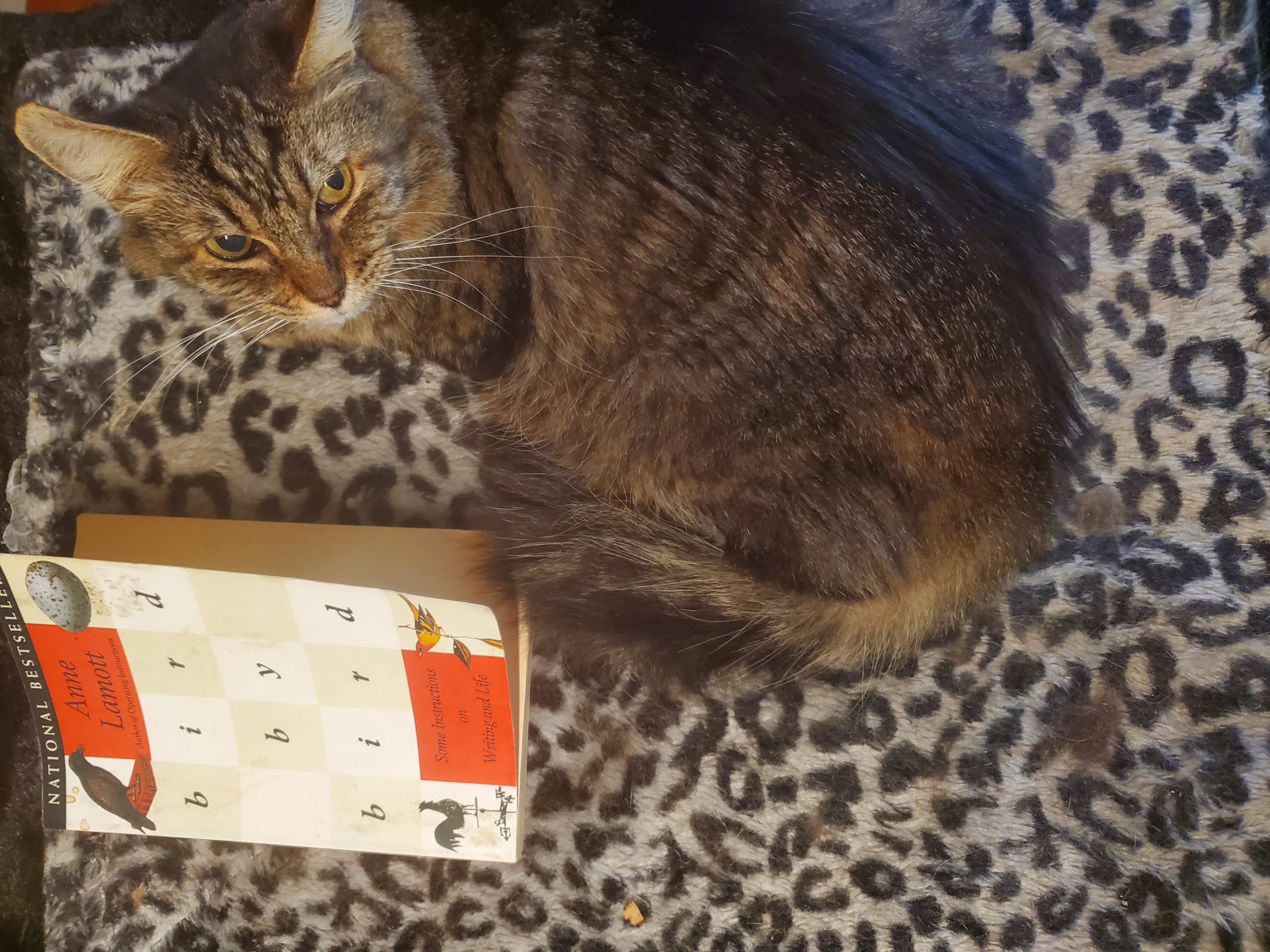

The Secret to Getting Your Short Stories Publish
Okay, maybe that's a bit of hyperbole, but not by much. In this stand alone episode we talk with Erik Klass, the entrepreneurial editor behind the submission service Submitit...